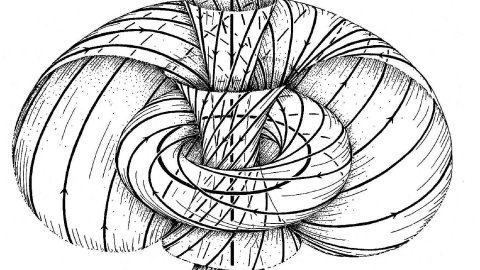Tools and approaches to build and analyze multiscale computational models in biology -TB as a case study
Abstract
In this talk, I will give an overview of our multi-scale models that we have developed to study a number of aspects of the immune response to infection. Scales that we explore range from molecular to the whole-host scale. We are also able to study virtual populations and perform simulated clinical trials. We apply these approaches to study Tuberculosis, the disease caused by inhalation of the bacteria, Mycobacterium tuberculosis. It has infected 2 billion people in the world today, and kills 1-2 million people each year, even more than COVID-19. Our goal is to aid in understanding infection dynamics, treatment and vaccines to improve outcomes for this global health burden. I will discuss our frameworks for multi-scale modeling, and the analysis tools and statistical approaches that we have honed to better understand different outcomes at different scales.


